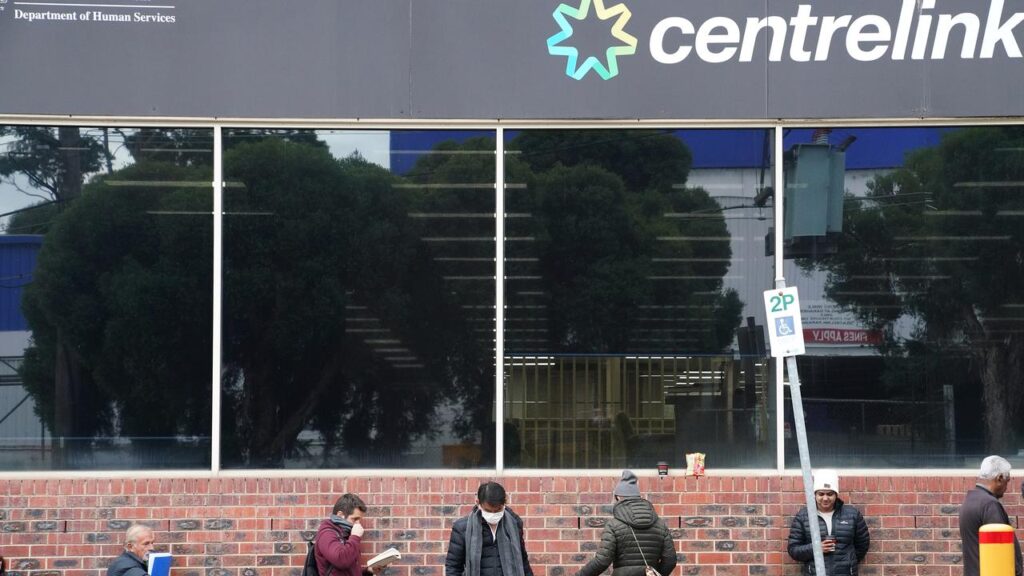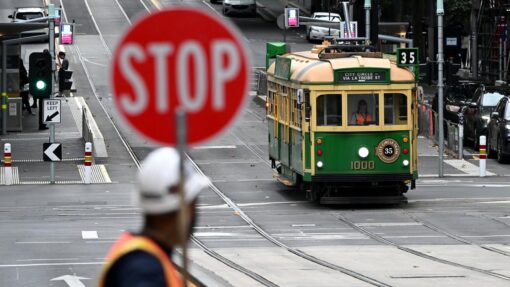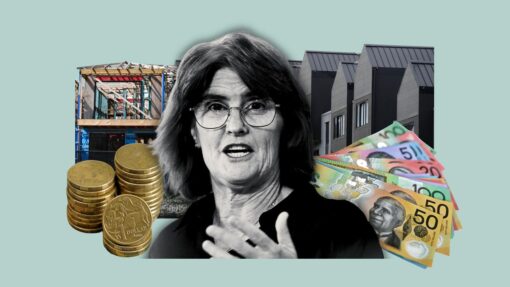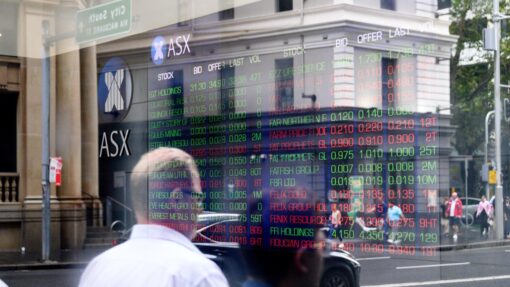Jobless fall gives RBA room before next rate cut
Jacob Shteyman |

A modest fall in the jobless rate shows Australia’s labour market is still resilient, giving the Reserve Bank breathing room before it cuts interest rates again.
The unemployment rate edged down to 4.2 per cent in July, the Australian Bureau of Statistics reported on Thursday, while 25,000 jobs were added to the economy.
Both figures were in line with market expectations.
While it was the first fall in the unemployment rate – by one decimal point – since November, the result does not mean the softening in the labour market from recent months has reversed.

It partly reflected an unwinding of a surprise jump in unemployment in June, which economists noted at the time was partly due to a sub-sample with a higher-than-average unemployment rate being rotated into the survey.
As JP Morgan analyst Tom Kennedy noted, the Reserve Bank is expecting the unemployment rate to reach 4.3 per cent by the end of 2025 and hold until the end of 2027 at least.
“Accordingly we don’t think today’s outcome is significant for short-run policy expectations, but may become more influential later in (the second half of 2025) given the standing forecasts don’t provide much buffer against a more pronounced labour deterioration,” he said.
Before the labour market print, money markets were fully pricing in another interest rate cut by November and their odds were little changed after the data release.
The growth in employment was driven by more women entering the workforce.
Female full-time employment grew by 40,000, double the amount of new male full-time workers, with the female participation rate reaching a record high.
The overall participation rate remained at a relatively high 67 per cent as the number of unemployed people decreased by 10,000.

Full-time jobs increased by 60,000, while part-time employment fell by 36,000.
The underlying trend in employment growth has been faster than the rise in population for most of the past year, but in recent months the two were growing at about the same rate, ABS head of labour statistics Sean Crick said.
Overseas arrival data also released by the ABS on Thursday showed net migration was trending up again despite tougher visa requirements and student caps, placing more upward pressure on home prices, AMP economist Diana Mousina said.
The labour market remained resilient, defying a broader slowdown in the economy, Oxford Economics Australia head of macroeconomic forecasting Sean Langcake said.
“But the labour market now appears to be in the early stages of a downturn,” he said.
“Today’s data are reassuring in that they suggest conditions are not deteriorating quickly.”
With no evidence of an impending implosion in the labour market, the Reserve Bank could afford to wait until the next quarterly inflation data in late October, NAB head of markets economics Tapas Strickland said.
“NAB continues to see the RBA cutting rates again in November and February, bringing the cash rate down to 3.1 per cent which we see as broadly neutral,” he said.
RBA governor Michele Bullock noted various indicators suggest conditions in the labour market had eased in recent months.
“There’s some sense in which the labour market is easing,” she told reporters after the central bank cut interest rates by 25 basis points on Tuesday.
“There are some indicators that we think suggest that things are still a little bit on the tight side.
“If we can maintain where we are I don’t think that’s a bad thing.”
Treasurer Jim Chalmers said welcomed the fall in unemployment, coming soon after the interest rate cut and the best growth in real wages in five years.
AAP


